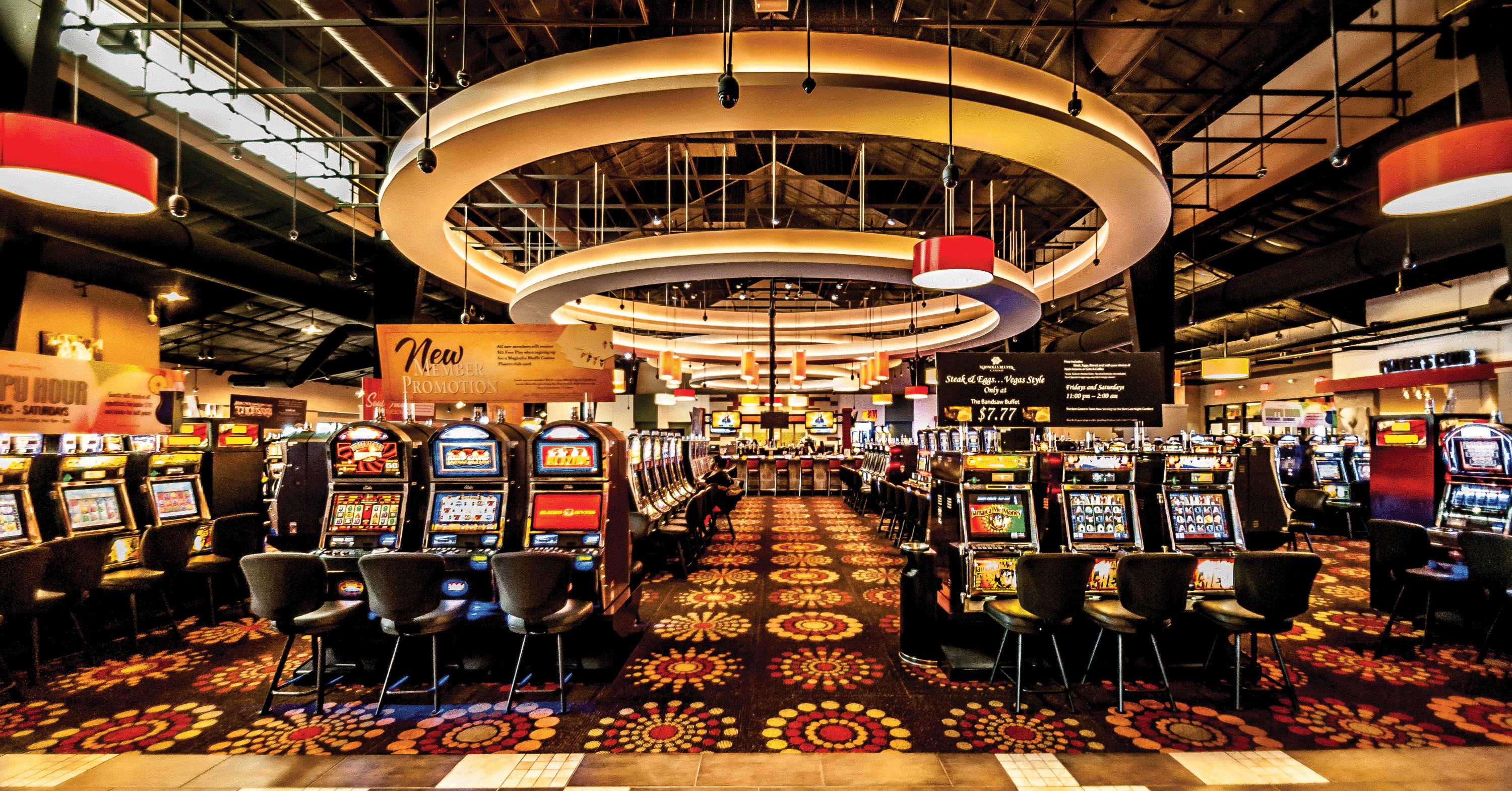Casino games have long captivated a diverse audience, delivering not only the thrill of chance but also a distinct experience crafted for different player types. Including strategic players who excel at skill and calculation to more casual gamers in search of entertainment, casinos are aware of the details of their audience and design games that cater to these differing interests.
In investigating the universe of casino gaming, we encounter a diverse array of choices that appeal to players of all kinds. Poker tables with high stakes draw competitive players, while exciting slot machines attract players who seek immediate satisfaction. Whether it be the chance to win big or simply enjoying the community feeling, casinos design their game offerings to ensure that all players find a place that feels comfortable and engaging. Recognizing how these games are designed for various player types can enhance not only our understanding of them but also our approach to choosing which games to play.
Understanding Player Categories
In the multifaceted world of gaming games, participants can be classified into specific types based on their motivations and choices. These participant kinds range from the casual and social gamers, who enjoy the entertainment value and community engagements that gambling provides, to the more strategic and analytical players, who seek to increase their chances and winnings. Comprehending these different categories is essential for casinos to customize their offerings and build engaging environments.
One popular category is the communal player, who views casino games as a form of social interaction and fun rather than a high-stakes gambling endeavor. These players often enjoy games that encourage participation and camaraderie, such as blackjack. Their focus is on the experience rather than the result, so lively atmospheres and shared moments are what they hold dear the most.
On the other end of the spectrum, tactical players are motivated by contest and the search of skill. They tend to lean toward games that necessitate decision-making and strategy, such as blackjack, where their abilities can determine the result. This kind often interacts with the games on a more profound level, utilizing insight and approaches to achieve an edge. Understanding these drives allows casinos to build environments and game selections that suit to each gamer’s individual preferences.
Strategies for Game Design
Casino games are created with varied player types in mind, utilizing various strategies to attract and engage them. For casual players, the focus is on ease and clarity. https://00kubet.com/ Games like slot machines are often visually appealing with simple mechanics. This allows players to enjoy the experience without a steep learning curve, fostering an inviting atmosphere. The bright colors, catchy sounds, and themes create a playful environment where players can easily get immersed and entertained.
For tactical players who enjoy a more profound level of involvement, games such as poker and 21 offer complexity and strategic elements. These games feature strategy and tactical choices, appealing to players who thrive on competition and want to exercise their cognitive abilities. The design of these games regularly includes intricate rules and mechanics that challenge players to hone their skills and create strategies over time, resulting in a fulfilling experience for those who appreciate perfecting the game.
Furthermore, social players are considered through games that emphasize engagement and community. This includes live casino options and multiplayer games, which cultivate a sense of camaraderie among players. The design of these games often incorporates chat features and social elements, allowing players to connect and share experiences. By creating an environment where participation is encouraged, casinos can effectively engage community players, making the gaming adventure more enjoyable and memorable.
Boosting Gamer Experience
Gambling games have progressed significantly to offer a more engaging environment for players. Software designers focus on immersive visuals, immersive sound effects, and creative game mechanics that pull gamers into the gaming environment. By employing technology, such as virtual reality and AR, gaming establishments ensure that gamers feel as if they are part of a dynamic environment, enhancing in addition to the enjoyment of the activities but also the overall enjoyment of being in a gambling venue.

Player interaction is another critical factor in enhancing player engagement in casino titles. Many games are crafted to promote engagement among gamers, whether through multiplayer modes or chat features. This interactive component appeals to players who enjoy communicating with others while playing, promoting a feeling of community. Furthermore, social features can include scoreboards, tournaments, and incentives for cooperative play, which capture determined participants and motivate them to come back for further.
Lastly, tailoring plays a vital role in tailoring the engagement for various gamer demographics. Gaming establishments and software designers examine player behavior and preferences to present personalized game suggestions and incentives. By understanding the distinct interests of gamers, casinos can offer personalized deals, rewards, and new titles that resonate with each individual, thus boosting their total enjoyment and loyalty to the gaming venue.